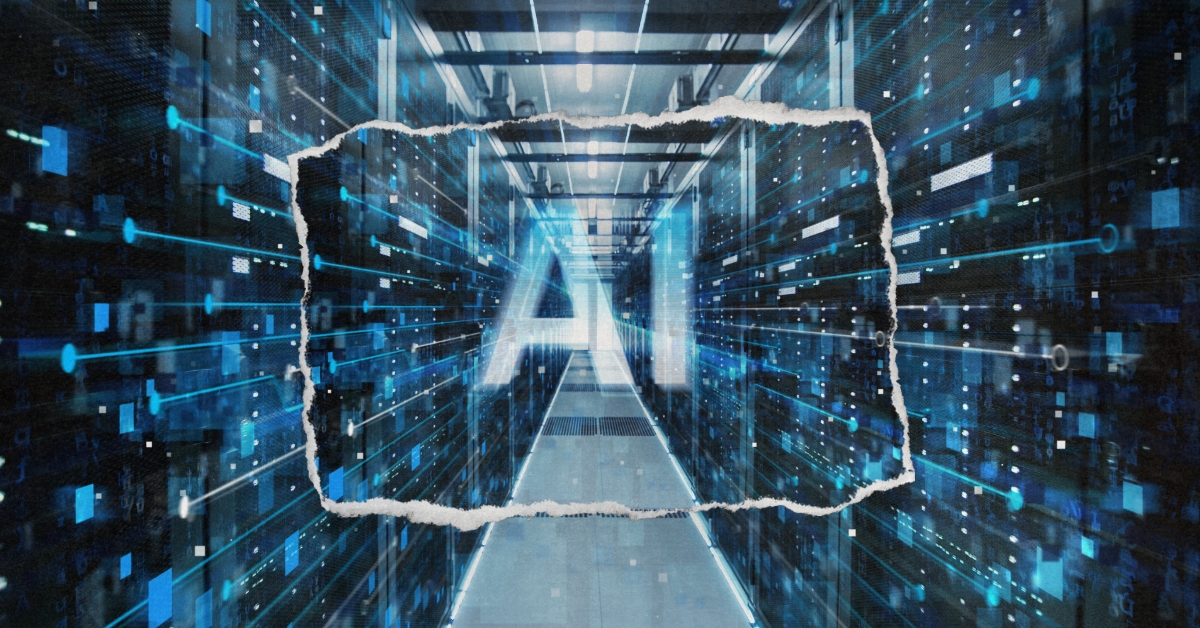Silicon Valley Meets Lone Star State: Nvidia's Massive AI Manufacturing Gamble in Texas

In a groundbreaking move that underscores its commitment to domestic technology development, Nvidia is set to revolutionize its AI infrastructure strategy by manufacturing its cutting-edge AI supercomputers entirely within the United States. The tech giant announced on Monday a bold plan to invest up to $500 billion in domestic AI infrastructure over the next four years, leveraging a comprehensive network of strategic manufacturing partnerships.
This landmark decision signals a significant shift for Nvidia, a global leader in the artificial intelligence revolution, as the company brings its advanced technological capabilities home. By localizing its production, Nvidia not only strengthens the domestic tech ecosystem but also positions itself at the forefront of a new era of American technological innovation.
The massive investment demonstrates Nvidia's confidence in the potential of AI technology and its commitment to maintaining the United States' competitive edge in the global tech landscape. As AI continues to transform industries ranging from healthcare to finance, this strategic move could have far-reaching implications for the future of technological development and economic growth.
